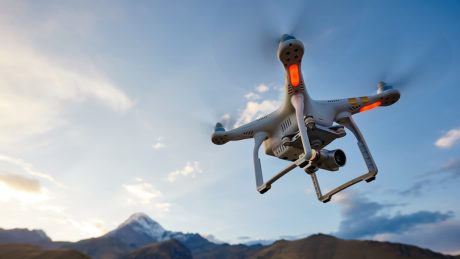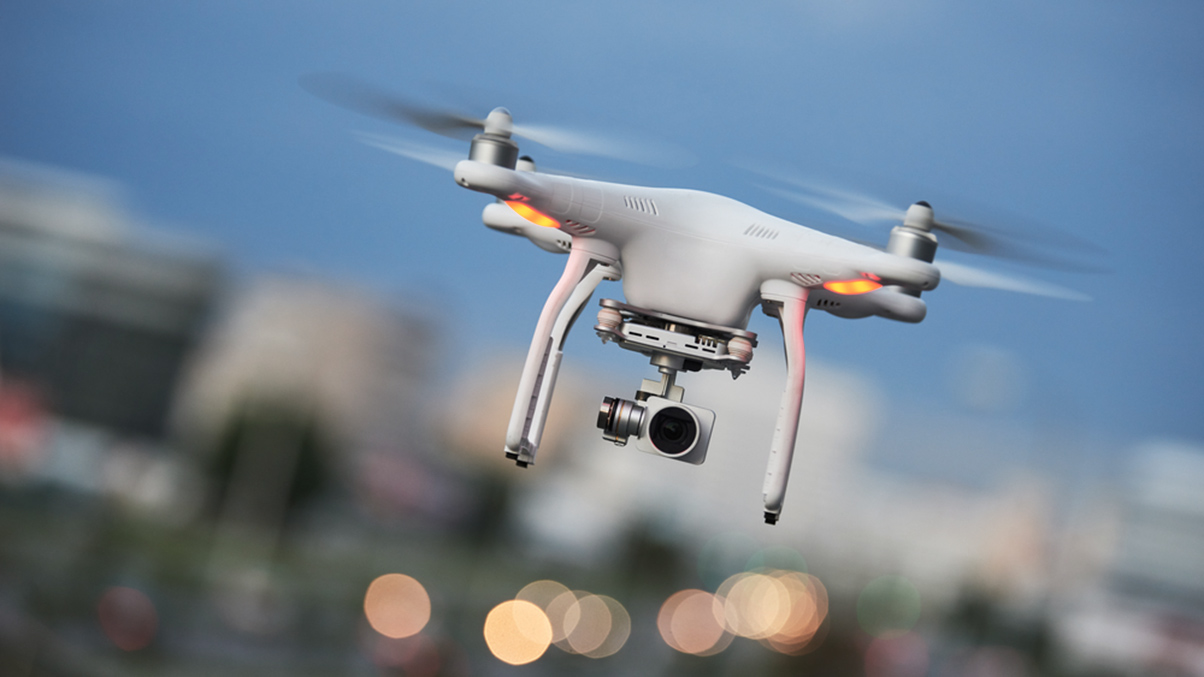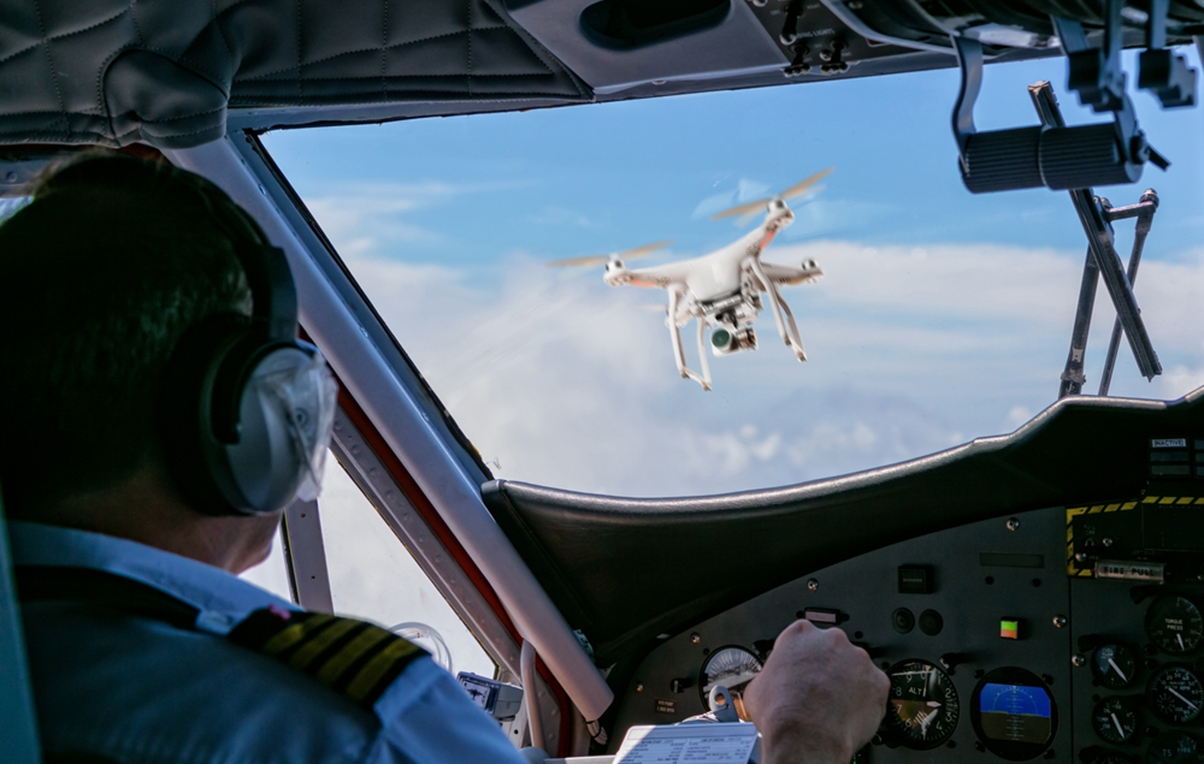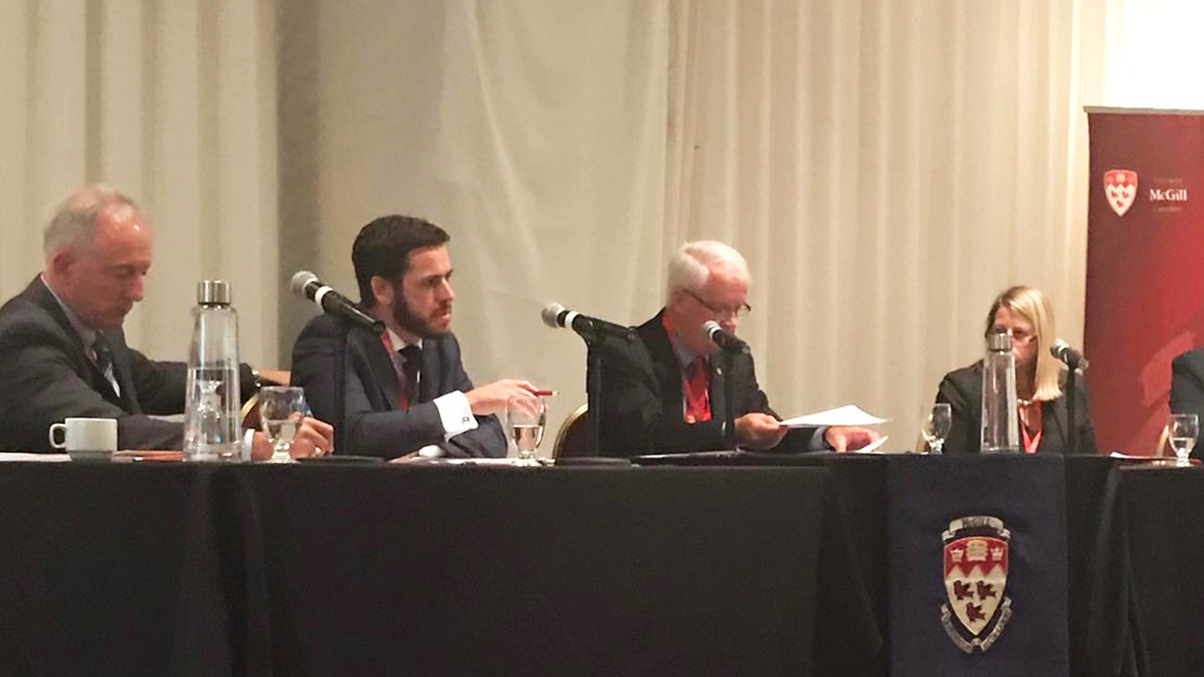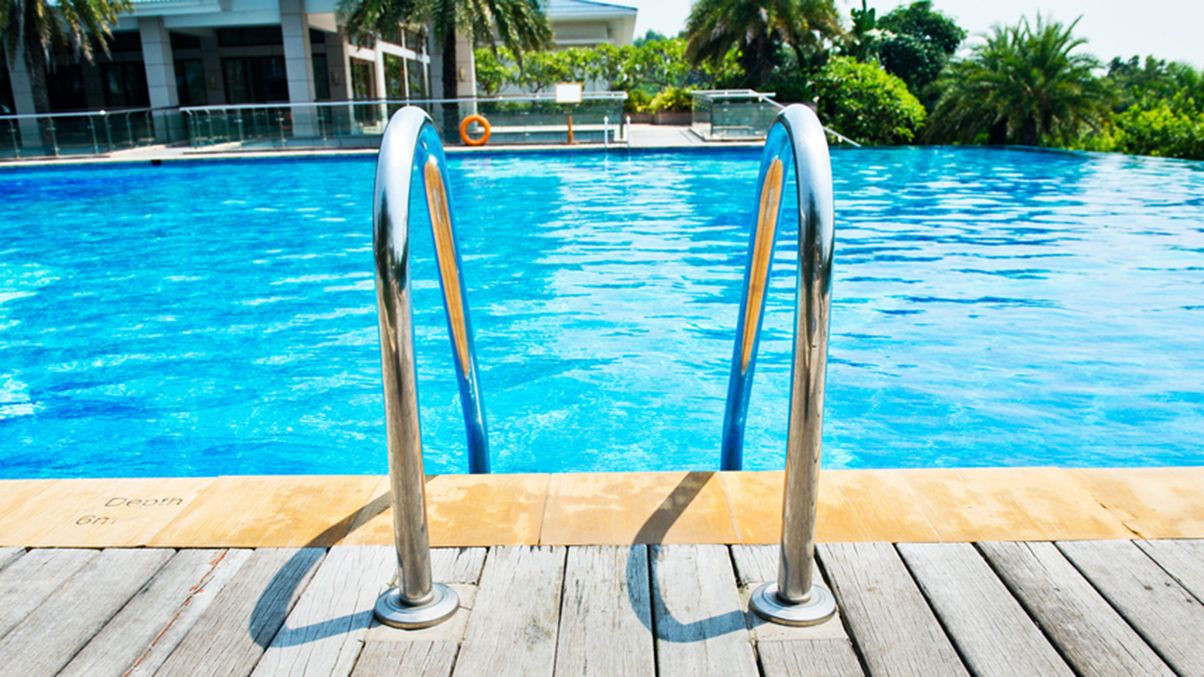Partner Peter Neenan has contributed the UK chapter of Lexology’s Getting the Deal Through guide to Drone Regulation 2020. This is the second year he’s contributed. The guide includes updated information following the Covid-19 pandemic.
Drone regulation was a new topic for the guide in 2019 following an increase in drone regulation. The guide covers the approach to regulation of 12 jurisdictions: the UK, the USA, Argentina, Brazil, China, Germany, Italy, Japan, Mexico, South Africa, Spain and Switzerland.
The UK guide starts with an overview of the general framework of drone regulation. It goes on to cover design and manufacture, registration and identification, certification and licensing, operations and maintenance, airspace, liability and accidents and ancillary considerations. The guide concludes with information about sector trends, regulatory developments and changes in regulations to deal with Coronavirus.
The guide asks:
“What emergency legislation, relief programmes and other initiatives specific to your practice area has your state implemented to address the pandemic? Have any existing government programs, laws or regulations been amended to address these concerns? What best practices are advisable for clients?”
In reply, Peter states:
“On 1 May 2020, the Civil Aviation Authority (CAA) published guidance for drone operators aimed at assisting the UK government’s response to the Covid-19 pandemic. CAP 1915 UAS for BVLOS Operations enables drones operators to apply for unmanned aircraft systems beyond the visual line of sight (UAS BVLOS) authorisations to specifically support the Covid-19 response more effectively and efficiently. The CAA will now prioritise applications that have the most potential to mitigate harm from the Covid-19 outbreak and will generally only prioritise applications where the UAS operator has had their services specifically requested by either one the UK emergency services, an NHS hospital or trust, or at the specific request of the UK government. The guidance is temporary and will be withdrawn at the appropriate time.
“In addition, in acknowledgment that it has been difficult for UAS operators or remote pilots to maintain their flying currency requirements of two hours within the last three months, the CAA has reduced this requirement to one hour prior to undertaking any operation. Operators must also undertake a minimum of one take-off and landing to ensure they have refreshed their competence of operating unmanned aircraft and understand their relevant operations manual. The CAA will review this operational requirement when the UK government lifts Covid-19 restrictions.”
Lexology says about the guide:
“Drone Regulation offers legal practitioners a snapshot of how the laws of other countries address some of the most common questions arising when designing, manufacturing, registering, identifying, certifying and licensing remotely piloted and unmanned aircraft. The guide also addresses the key global questions surrounding operations, maintenance, airspace and liability and accidents.”
Click here to access the full guide on the Lexology GTDT website.
You can find further information regarding our expertise, experience and team on our Aviation pages.
If you require assistance from our team, please contact us or alternatively request a call back from one of our lawyers by submitting this form.
Subscribe – In order to receive our news straight to your inbox, subscribe here. Our newsletters are sent no more than once a month.

